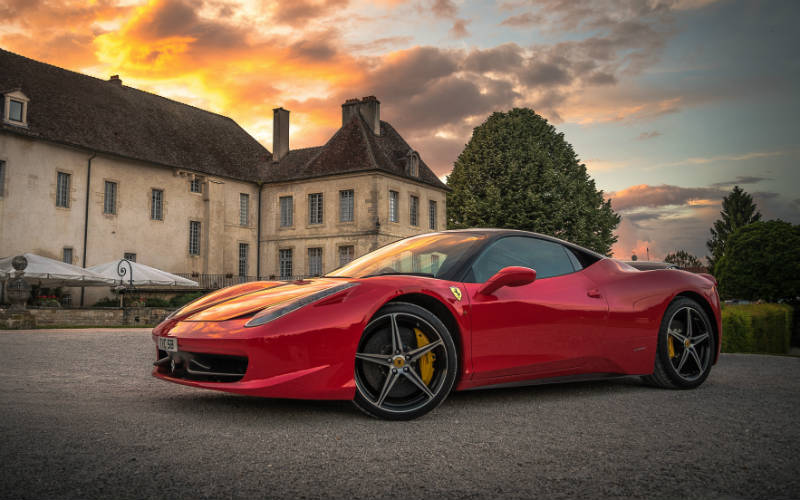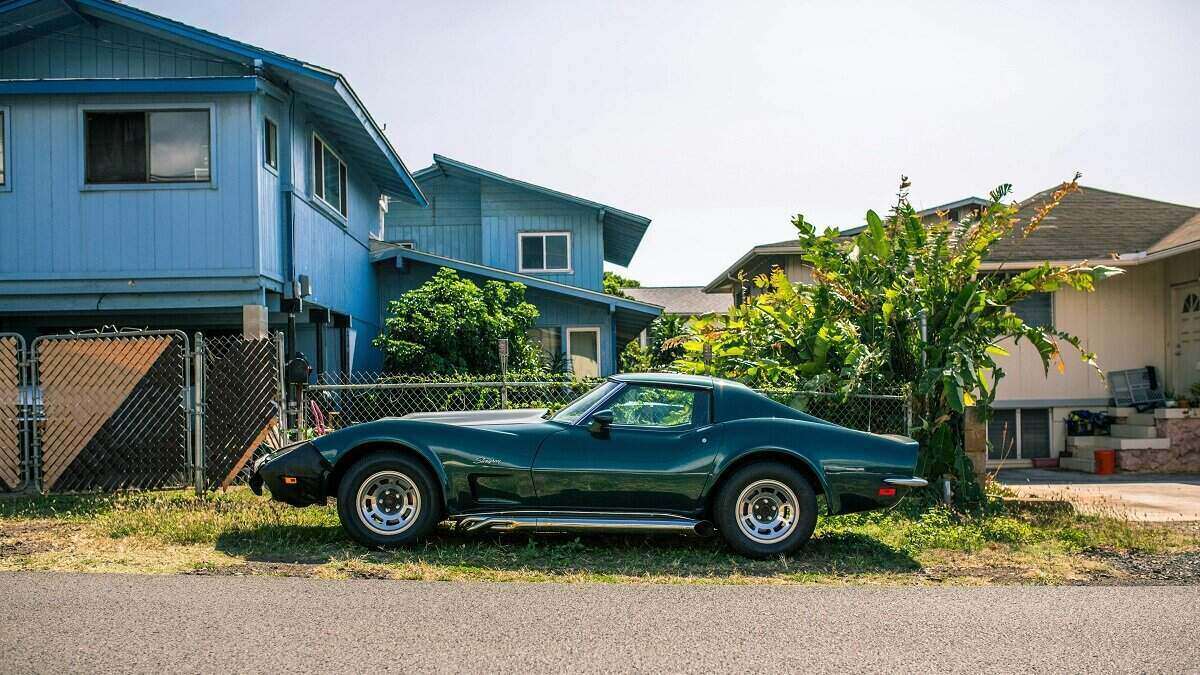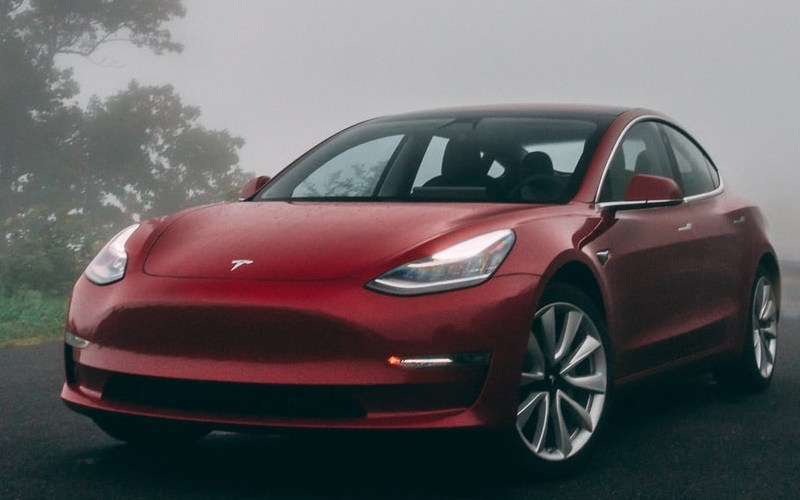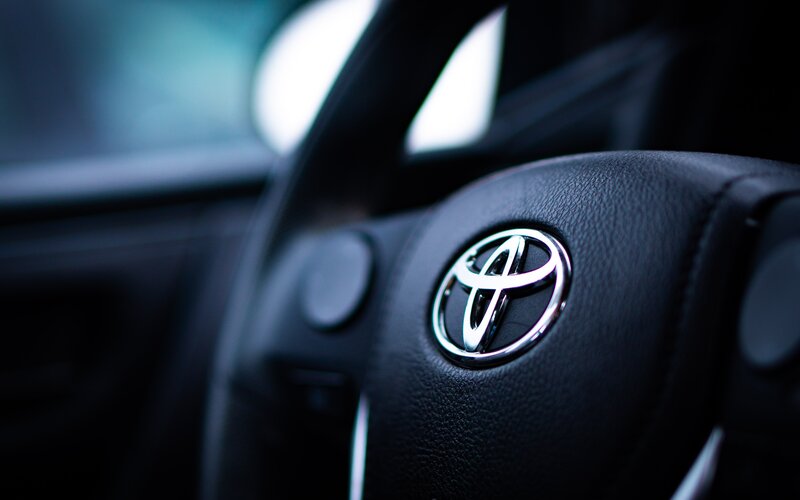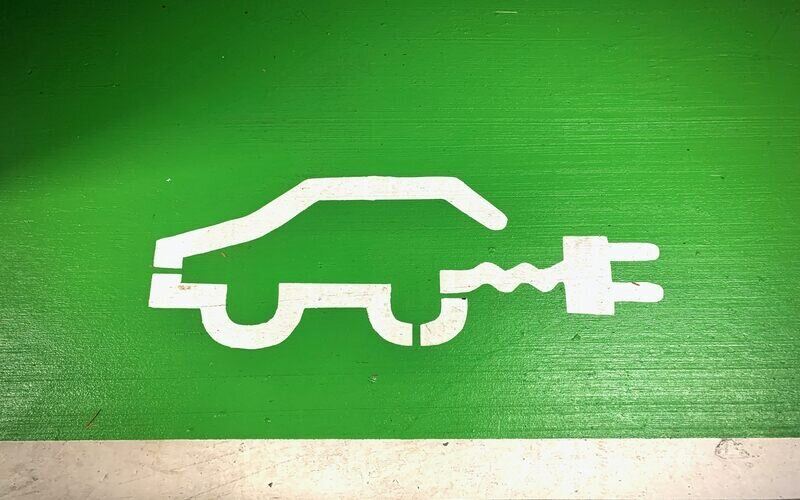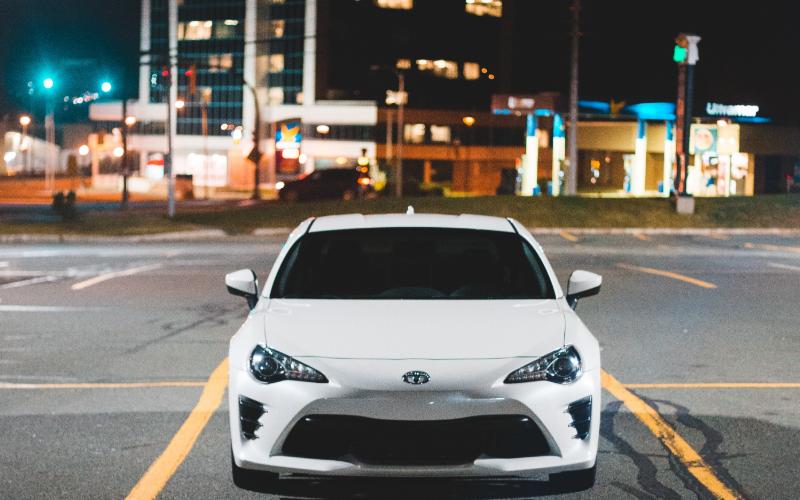The latest Federal Chamber of Automotive Industries' (FCAI) car sales report indicates a slight turnaround in October.
Green cars continue to make inroads, with hybrids up 111.8% in October 2020, and plug-in hybrids up 104.1% compared to October last year.
In the year to date, they are also up 101.3% and 12.8% respectively.
On the other hand, fully electric vehicles were up just 14.1% in the year-to-date, while on the month they were up just 5.1%.
These results were largely boosted by electric SUVs (+35% on the month), as electric passenger vehicles declined 18.8%.
Popular affordable electric vehicles such as the Hyundai's IONIQ and Kona were also down 1.8% and 17.3% on the month respectively - though these figures do account for petrol vehicles, too.
An FCAI spokesperson told Savings.com.au a large part of the struggle of electric vehicle uptake is lack of government incentives.
"EVs do remain more expensive, too, and the lack of government incentivisation – which can take various non-financial forms as well as financial – and the lack of infrastructure can impact on their appeal to the new alternative drive train consumer," they said.
Currently, only three states have stamp duty and registration incentives tailored for electric vehicles:
- ACT: Electric vehicles pay $0 stamp duty, and a 20% discount on registration.
- Victoria: Electric vehicles are exempt from 'luxury vehicle' stamp duty, paying $8.40 per $200 of market value, as opposed to $18 for other vehicles. A $100 discount on annual registration applies, too.
- Queensland: Both electric and hybrid vehicles pay a reduced stamp duty rate. It’s $2 per $100 up to $100,000 in value, and $4 for amounts over that - as opposed to a flat $6 per $100 for other vehicles.
At the federal level, there is only the higher luxury car tax threshold, but this applies to any vehicles' fuel consumption less than seven litres per 100km.
This is as opposed to the United States, where federally, according to its energy department, there is a minimum electric vehicle purchasing credit of $2,500 up for grabs, maxing out at $7,500.
California offers up to a $4,500 tax break for fully electric vehicles for individual incomes up to $150,000, while Washington also exempts its 6.5% sales tax for 'alternative fuel' vehicles.
Follow the money
In the lead-up to Australia's 2019 Federal Election, Energy Minister Angus Taylor was reticent to recommend electric vehicles.
"There's a big range of policies around the world, but you've got to remember Australia is a country where we travel large distances. We are a large country with low-density cities," he told ABC's 7.30.
"What we're not going to do is tell people what cars to drive. That's just not the role of government. We don't think that's appropriate and it's probably less appropriate in Australia than some other countries."
The Minister also shared a fake electric vehicle scare video on Twitter, which has since been deleted.
The government's fuel excise currently sits at 42.3 cents per litre, and is generally raised every six months or so.
This means if fuel costs $1.20/litre, approximately a third of that is government taxes, and fuel is also double-taxed as it attracts the goods and services tax (GST).
A rapid uptake of electric vehicles would presumably eat into government revenues from both of these taxes.
Parliamentary figures indicate that fuel excise revenue is declining - 39% of road-related revenue in 2013-14, compared to 44% just over a decade earlier, with the "trend set to continue", according to the paper, citing fuel-efficient vehicles and 'alternative fuel' vehicles as reasons for the decline.
Tackling range anxiety
Regardless of lack of incentives, FCAI's spokesperson said 'range anxiety' also remains an issue - that is, worry over relatively low distances achieved on a single charge and lack of charging stations.
"We can sometimes think of PHEVs and hybrids as a stepping stone to pure electric vehicles. Because they generally have back up ICEs, hybrid or PHEVs are more similar to a ‘normal’ drivetrain that consumers are used to," they said.
"They do not have range anxiety issues and are more easily accepted."
This is despite the Hyundai Kona achieving up to 557km on a single charge, and the Tesla Model 3 'extended range' version achieving up to 568km, which is similar to many smaller vehicles' ranges.
However, lack of charging stations and charge times remain an issue - to fully-charge the Kona, it takes approximately nine hours, while the Tesla Model 3 takes about seven hours using a normal household charging port.
This has led to the Government supporting rapid charging company 'JET Charge', with a $3.5 million equity investment from the Clean Energy Finance Corporation.
This is on top of a previous $21 million investment to roll-out 63 'ultra-fast' charging stations on Australian highways, providing a charge of up to 400km in 15 minutes.
The program aims to have a network of chargers no more than 200km between each other.

Ready, Set, Buy!
Learn everything you need to know about buying property – from choosing the right property and home loan, to the purchasing process, tips to save money and more!
With bonus Q&A sheet and Crossword!



 Aaron Bell
Aaron Bell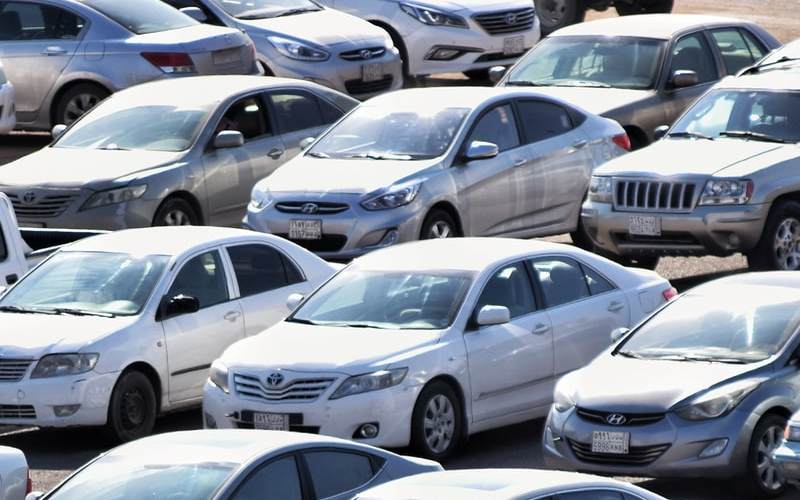
 Harrison Astbury
Harrison Astbury
